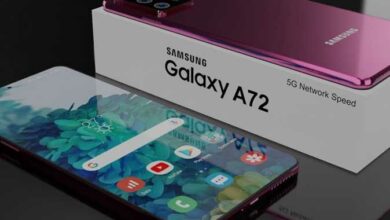
Much has been said about spending too much time tinkering with smartphones, but a new study says it leads to greater brain activity when the thumbs and other fingertips are touched.
This could mean that cortical sensory processing in today's brain is constantly being trained by personal digital gadgets, says the research team, led by Arko Ghosh of the University of Zurich and ETH Zurich in Switzerland.
While many studies have been done pertaining to individuals with fine finger coordination such as musicians, Ghosh saw smartphone obsession as an opportunity to study the everyday plasticity of the brains of regular folk.
"I think first we must appreciate how common personal digital devices are and how densely people use them," says Ghosh. "What this means for us neuroscientists is that the digital history we carry in our pockets has an enormous amount of information on how we use our fingertips and more."
Because smartphones contain digital footprints of users' activity, Ghosh was able to collect much of his data by evaluating their logs, which he says expressed many variations in fingertip-associated brain signals from one user to another.
To assess the actual brain response, he attached participants to electroencephalography (EEG) machines.
Using their gadgets under observation, a control group who hadn't given up old-style phones was compared to a test group of smartphone users.
Ghosh and his team found enhanced electrical activity in smartphone users' brains when contact was made with the tips of the thumb, index and middle finger.
What's more, the level of cortical activity associated with the tips of the thumb and index fingers was directly proportional to the amount of touchscreen time, which was, again, provided by the smartphones.
Smartphone users' thumb tips were particularly sensitive after an episode of intense touchscreen time, but the sensitivity wore off as time elapsed, according to the study, which was published in the journal Current Biology.




